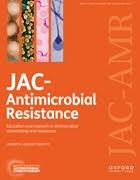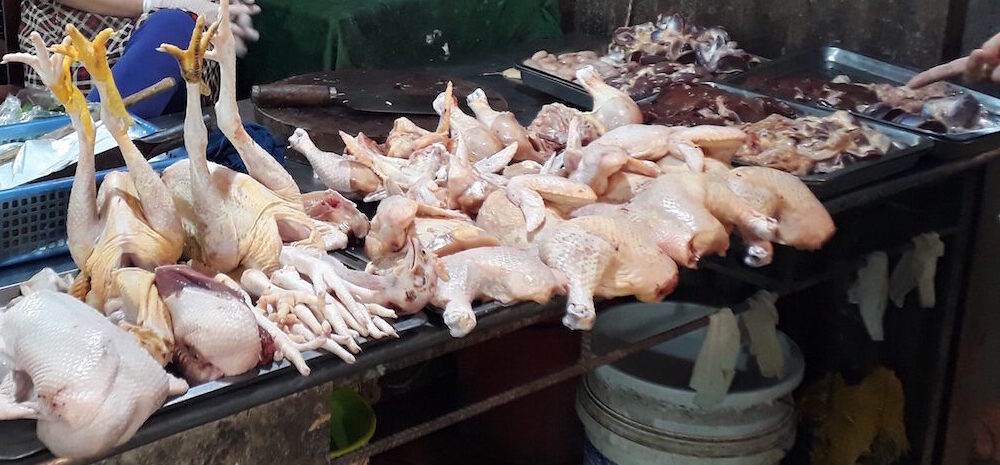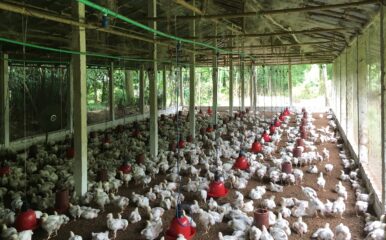
Vietnam
Poultry meat and eggs are vital animal protein sources in Vietnam and poultry production is important for many rural households. Vietnam is also looking to increase poultry exports.
View this page in:
Vietnamese- Vietnam’s current population of 97.6m is projected to reach 107m by 2030, with half this figure living in towns and cities.
- The country’s poultry population is 512.7m, with a projected annual growth rate of 4% to 2030.
- The average poultry consumption per person was 13kg in 2017. It is estimated to increase to 17kg in 2027.
- Vietnam’s GDP is US$271.2bn, with a projected growth rate of 6.6% for 2021.
- Half of Vietnam’s large poultry farms and 70% of its poultry smallholders had to reduce production during the COVID-19 pandemic.
Developing sustainable poultry production in Vietnam with a One Health approach.
This film, in Vietnamese with English subtitles, details the work of the interdisciplinary scientists in the Vietnam team of the One Health Poultry Hub. It explains how demand for poultry meat and eggs in Vietnam is increasing and why local consumer preferences and slaughtering practices in Vietnamese can pose a potential risk. The film was made and broadcast by VTC16, Vietnam’s TV channel specialising in agriculture, farmers and rural development, in collaboration with the Hub.
Poultry in Vietnam

The leadership team in Vietnam

Ton Dinh Vu
Animal science and rural development researcher
Vietnam National University of Agriculture
Dien Thi Nguyen
Sociologist
Vietnam National University of Agriculture
Hoa Thi Thanh Pham
Researcher in veterinary epidemiology, poultry and swine production, and animal health economics
Centre de Coopération Internationale en Recherche Agronomique pour le Developpment (CIRAD)

